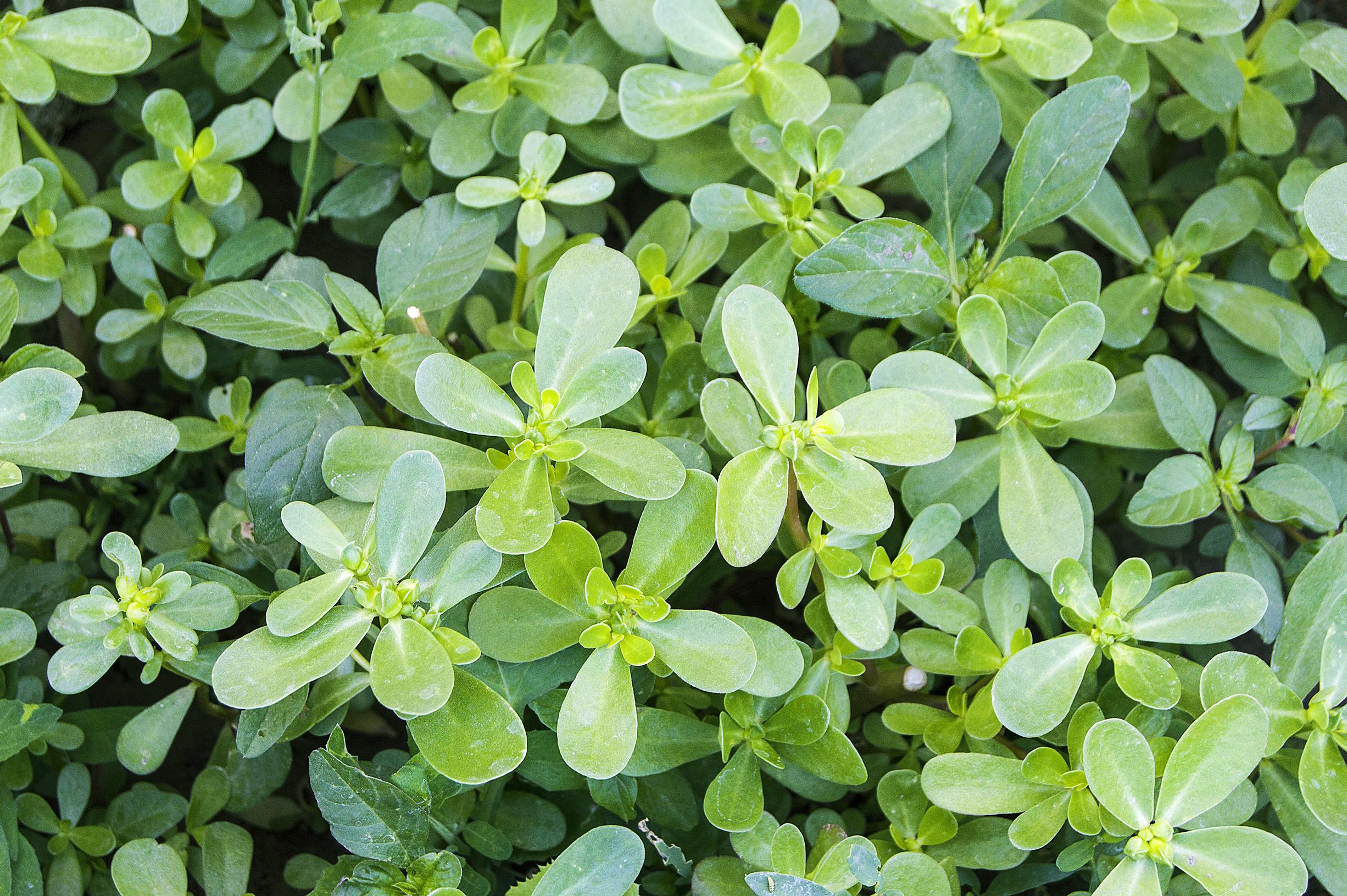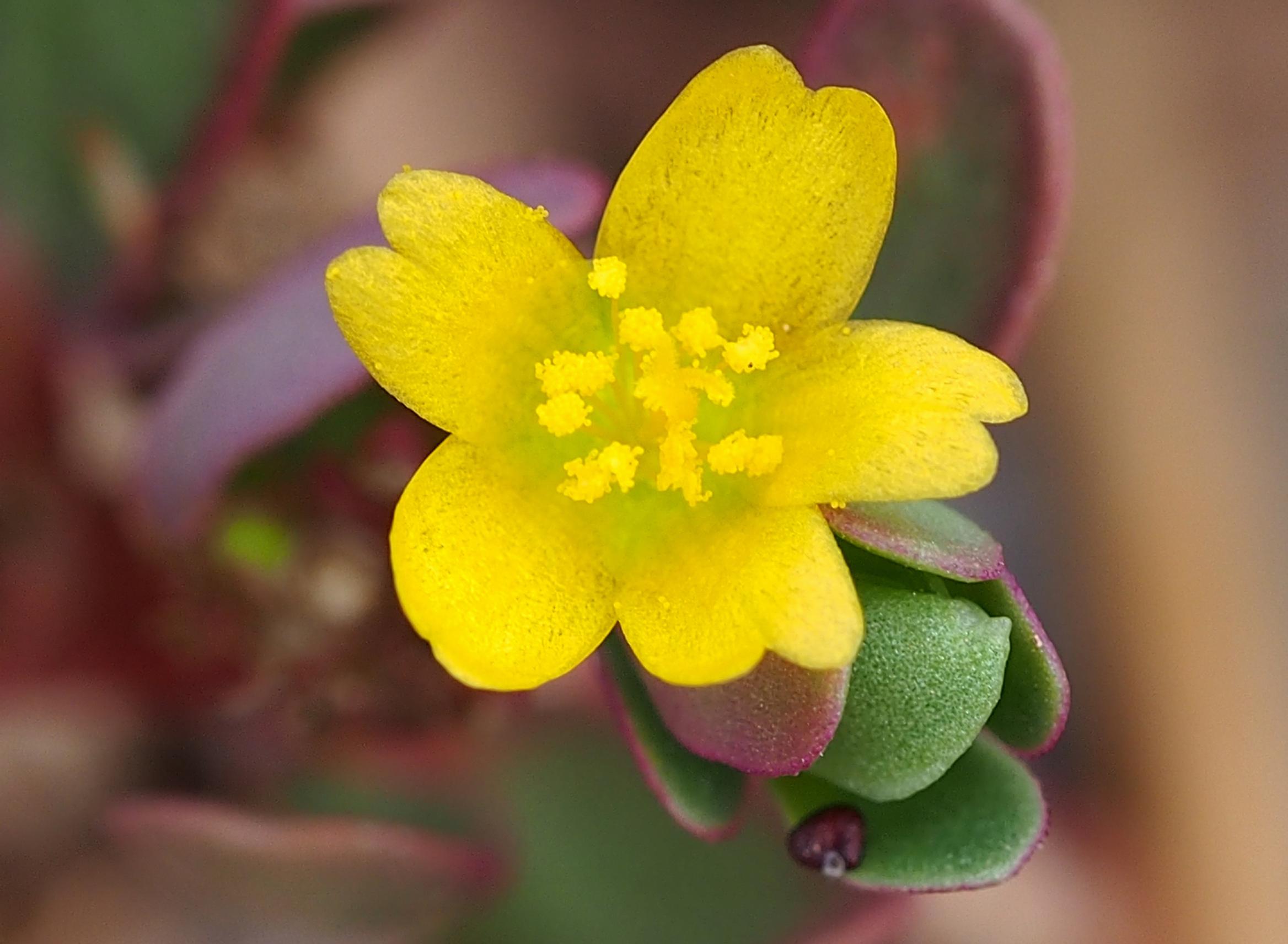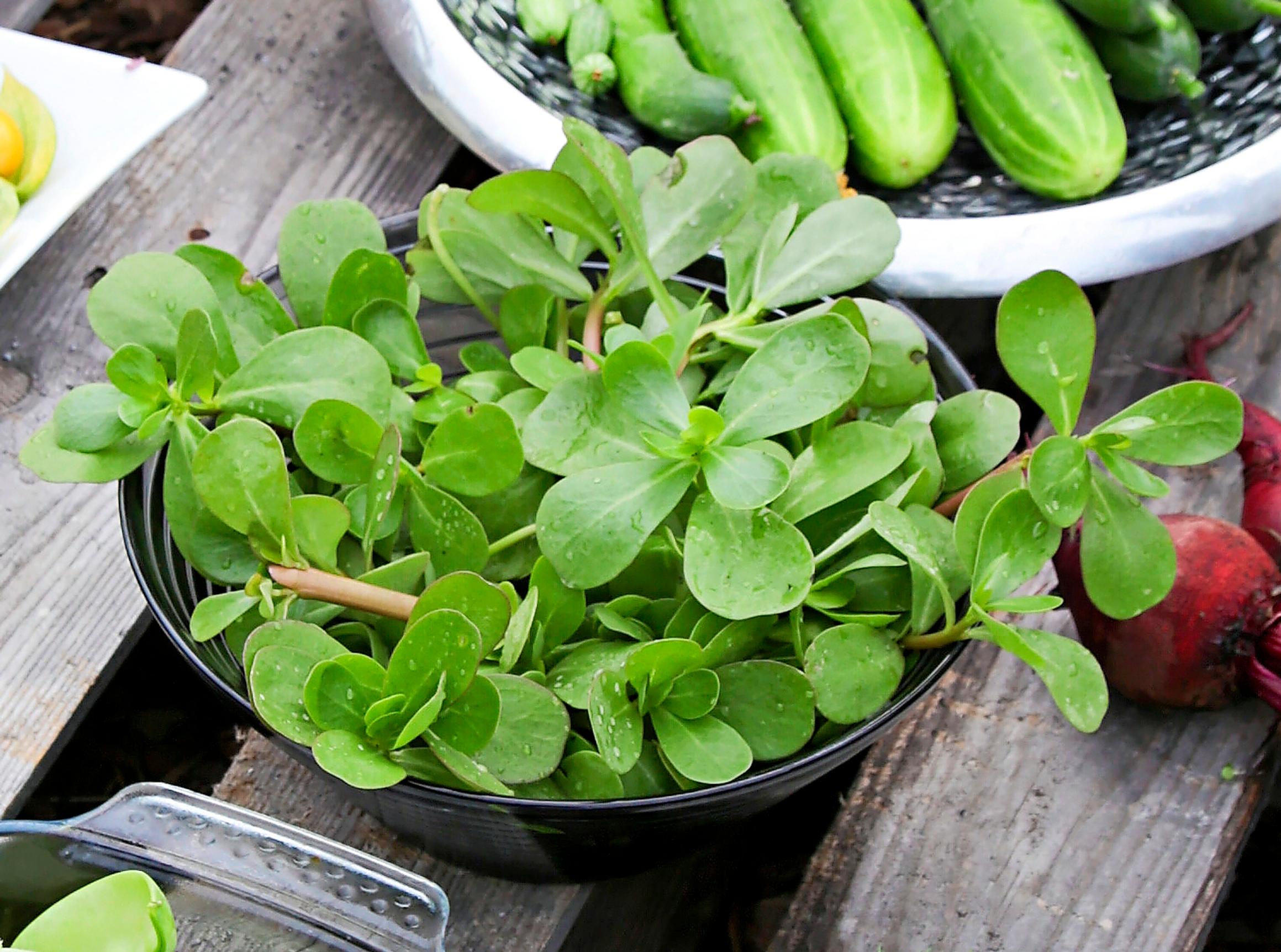
Purslane plant care—a fast-growing leafy green that can produce multiple harvests over the summer
The ease, the speed, and a deliciously crunchy harvest make the common purslane an excellent crop to grow. For ideal purslane growing conditions, place the plants in well-drained, humus-rich soil and plenty of sunlight. Purslane thrives in garden beds, outdoor containers, and even on windowsills. It self-seeds easily, so you usually only need to sow it once.
Purslane plant care—growing tips
Growing site
Grow purslane in a bright or sunny spot. Purslane produces its best harvest in loose, humus-rich soil with moderate nutrients, which is the best soil for purslane growth. Wet soil is harmful to its delicate roots.
Sowing
Sow the seeds once the soil has warmed up to 12–20°C. Press them into the soil or cover them lightly, as light encourages germination. Protect the bed with garden fleece and keep it moist. The plants are sensitive to cold.
Sowing purslane in the summer
- As purslane grows quickly, you can sow it multiple times over the summer, with the last sowing in July. You can use a bed or planter freed from spinach, baby carrots, or early potatoes, for example.
- You can speed up the harvest by sowing seeds in small pots and planting the seedlings into empty spots as they become available in your garden.
- You can also sow the seeds in October or November in a raised bed that drains well.
Thinning
Thin the seedlings by using some of them while they are still small. A spacing of about ten centimeters between seedlings and about 20 centimeters between rows is suitable. Mulching the soil surface helps keep the leaves clean.
Purslane has been cultivated in the Nordic region since the 17th century. It was particularly popular in the 19th century.

How to care for purslane plants
Cut the shoots a few centimeters above ground once they reach about 15–25 centimeters in height. This encourages a new harvest in 2–3 weeks. Cut the new shoots above the previous cut. Make sure they receive sufficient water and fertilizer.
Leave some of the plants from the early-season sowing uncut so they can produce seeds. Purslane produces lots of seeds, but the seedlings are tasty, and weeding them is effortless.
You can usually start harvesting purslane about 4–6 weeks after sowing.
Use
Young shoots and leaves go well in salads and on sandwiches. You can also enjoy the juicy shoots on their own. The flavor stays good all summer, but as the season progresses, the leaves toughen and the stems grow fibrous. At that point, use the leaves and tips and give them a quick cook.

Try using purslane as a mulch or for underplanting in vegetable gardens, especially in sandy soil. Its lush, trailing growth helps keep the soil moist.
Purslane varieties
- Seeds for purslane which can be eaten as a leafy green are sold under the name Portulaca oleracea and its subspecies P. o. subsp. sativa. Often they are sold without a specific variety name or one describing leaf color, such as ‘Grüner’, ‘Grön’, ‘Gul’, and ‘Yellow’. Green- and pale-leaved plants share a similar flavor.
- The same genus also includes the annual ornamental Portulaca grandiflora.


